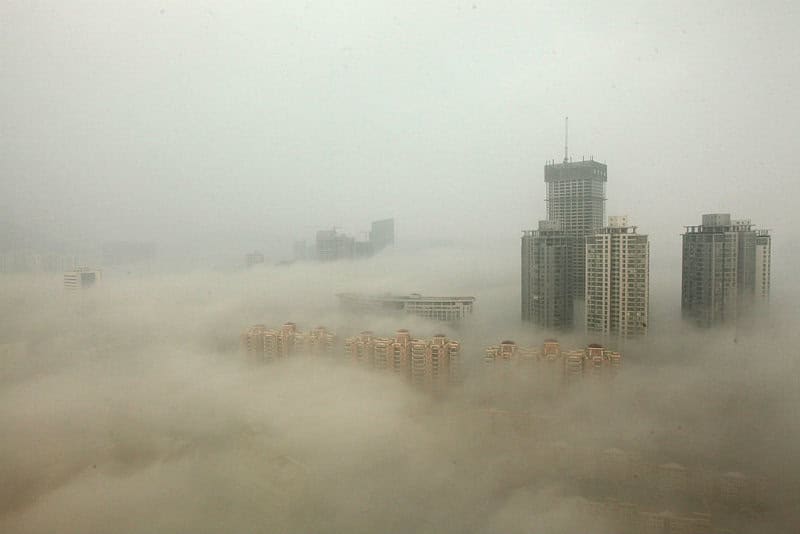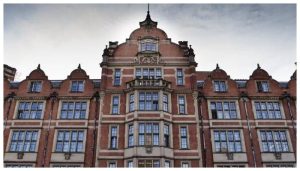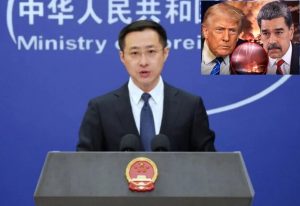BEIJING – China plans to build a web of ventilation corridors to facilitate air flow and blow away smog and pollutants as its capital city and large parts of the north are battling toxic air with the first burst of heavy winter smog.
The corridors will be created by connecting the city’s parks, rivers and lakes, highways with green belts and low building blocks in order to promote air flow.
It’s official: India is sending its smog to Pakistan
The five primary ventilation corridors are designed to be more than 500 metres wide.
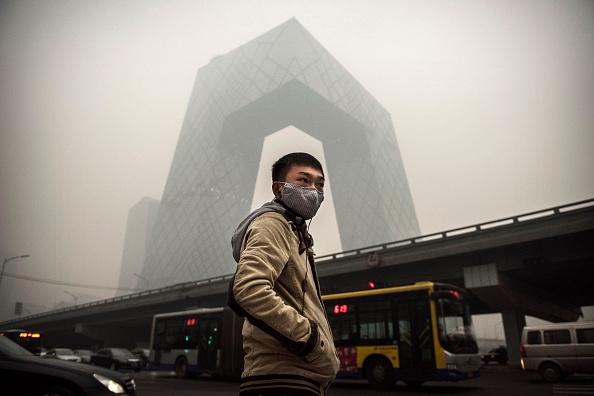
Some secondary corridors will be over 80 metres wide, official news agency Xinhua said in a report.
“In addition to the planned primary and secondary ventilation corridors, other smaller corridors will also be added to the system. Construction in these zones will be strictly controlled, and obstacles along the way will be gradually removed,” the report said.
Smog to stay for two months in Pakistani plains
Cities such as Shanghai and Fuzhou are also building these wide passageways.
Frequent smog has made the Chinese increasingly sensitive to the health hazard. To address public concerns, the government plans to cut the density of inhalable particulate matter by at least 10% in major cities by 2017.
Smog closes 1,747 schools in Delhi
In the coming weeks as severe winter sets in, northern China will switch on coal-fuelled central heating, releasing more pollutants in the air.
Almost “…630,000 square kilometres of land in northeastern China and 380,000 square kilometres of land in northern China have been under the influence of the latest smog spell”, state media quoted the ministry of environmental protection (MEP) as saying yesterday.
India imposes heavy penalty on stubble burning in Punjab to tackle smog
Air quality in Beijing, where orange alert was sounded on Friday, deteriorated to dangerous levels and visibility reduced substantially, causing widespread flight delays and cancellations at the Beijing Capital International Airport.
“Seven provinces and municipalities, including Beijing and Tianjin, saw their air pollution index hike, with air quality index (AQI) readings hitting 500 in 11 cities in northeastern China over the November 3-5 period,” Xinhua said in a report.
In a report released in September, the WHO said China, India and Russia were the three worst countries for pollution. More than one million people died from pollution in China in 2012, at least 600,000 in India and more than 140,000 in Russia, said WHO that has declared polluted air a carcinogen.
The national meteorological centre issued an “orange” smog alert on Friday morning, warning that pollution levels in Beijing, Tianjin and northern Hebei province would remain dangerously high till early weekend.
China has a four-tier color-coded system for pollution, with red being the highest, followed by orange, yellow and blue. The meteorological authorities issue alerts when the AQI touches 200. A higher AQI denotes greater pollution levels.
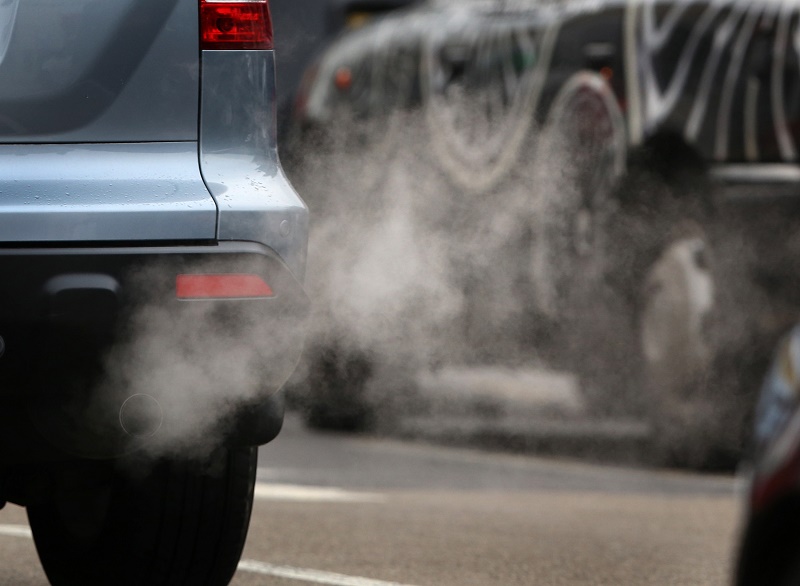
Authorities in Beijing have also launched a crackdown on heavy vehicles passing through the city’s outer districts, including Daxing and Anqing that failed to meet emission standards. Some truck drivers have been fined up to 1,000 yuan ($148) for violations, a newspaper reported.
PM 2.5 are tiny dust particles that are result of combustion from vehicles, power plants and other industrial activities. These can lodge deep in lungs and blood tissues, triggering respiratory and cardiac problems.

